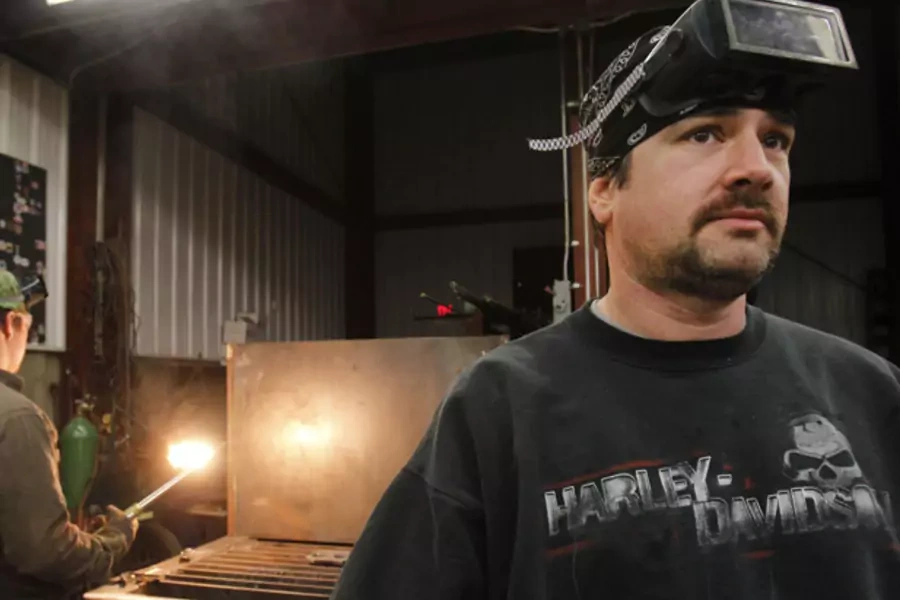Jobs, Skills, and Employment: Building a Better Workforce

More on:
There is a chicken-and-egg problem in the U.S. labor market. With the U.S. economy still down some 2.4 million jobs from its peak in January 2008, U.S. employers should be enjoying a buyer’s market for skilled workers. And yet employers report that they are struggling to fill open jobs – at last count there were 3.83 million job openings, close to a five-year high. As Thomas Hilliard of the Center for an Urban Future writes in his new Renewing America working paper, Building the American Workforce, “an alarming number of Americans lack the skills and education credentials needed to compete for decent-paying jobs in an economy transformed by globalization and accelerating technological change.”
It is startling that in an economy where unemployment and underemployment remain chronically high, more than half of U.S. employers report difficulty filling jobs because of a lack of suitable skills among applicants. The numbers are worse for manufacturing, where two-thirds report a moderate or severe shortage of qualified workers.
Those numbers are a serious indictment of the failure by the United States to prepare its population for the changes brought by intensifying global competition and advances in technology. Almost every western European country, as well as Canada and Australia, has created employment training systems that are more comprehensive and stable than the United States, and offer a range of basic skills, training, and apprenticeships to help individuals move from one job to the next, and often from one career to the next. In the United States, in contrast, workforce training is fragmented, inconsistent, under-funded, and generally ineffective. The message too often is, if you lose your job, you're on your own.
Hilliard sees the biggest failings in so-called “middle skills” jobs, those that require some college or an associate’s degree, often coupled with certification and on-the-job training. These are decent jobs that can be attained without the expense of a four-year college degree – an adult with an aviation certificate can earn $65,000 a year, and some computer and information technology certificates can lead to jobs paying $70,000 or more. The United States ranks 16th among developed countries in the percentage of its workforce that has attained middle-skill degrees, and the dropout rate in these programs is shockingly high. Only 28 percent of students who enroll in these programs graduate on time.
Governments at all levels have offered little help. Federal workforce funding fell by nearly 60 percent in real dollars from 2000 to 2010 even as the number of unemployed doubled. Much of the money that is left is spent on job search and placement, which does nothing to help the unemployed upgrade skills that could land them better jobs. Some states and cities have done better in creating re-training programs that bring together community colleges and employers to meet market demands, but these remain the exceptions.
Hilliard calls for Congress and the administration to develop a proper national workforce training system. Rather than just delivering specific programs, the goal would be to take individuals from where they are to where they need to be in terms of job skills. For some, this will start with basic adult education that develops core workplace traits such as dependability, integrity and willingness to learn, as well as basic math and literacy skills. For others it could mean assistance in completing certificate programs or other occupational training. Community colleges and other providers should be rewarded depending on how far the individual needs to go to be ready for employment.
The issue of workforce training is among the most important currently confronting the United States. In a global economy where we are competing for investment, the failure to provide a trained workforce will cause many companies to look elsewhere for future investments, further weakening the economy and limiting job growth. Hilliard lays out a series of sensible, and cost-efficient, steps that the federal government could take to prepare Americans for the hyper-competitive economy in which we live. The alternative is a continued, and costly, waste of human talent.
More on:
 Online Store
Online Store
